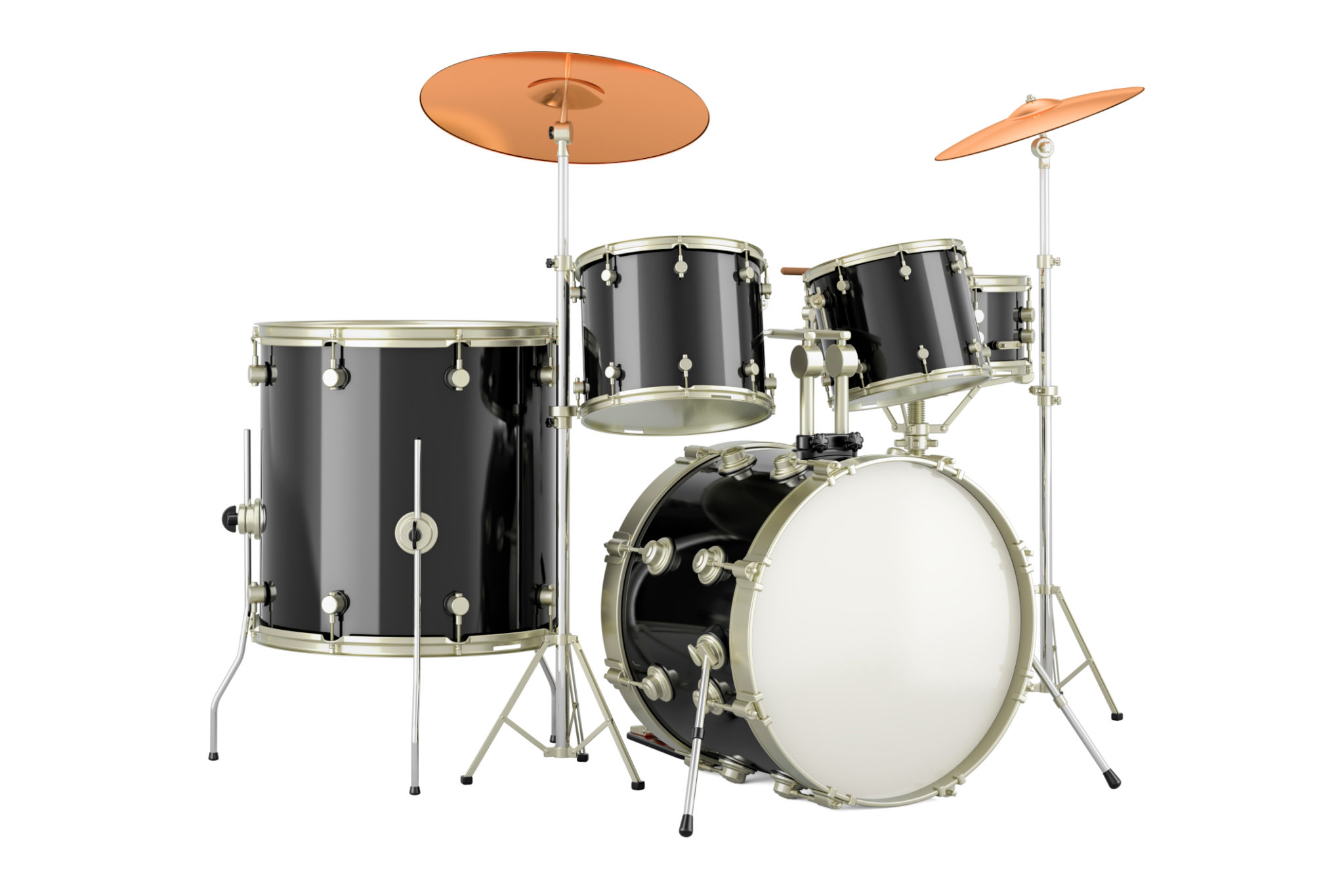Mastering Jazz Drumming: Essential Techniques for Beginners
Understanding the Basics of Jazz Drumming
Jazz drumming is a unique and complex art form that requires a blend of technical skill, creativity, and an understanding of jazz music's intricate rhythms. For beginners, mastering jazz drumming can seem daunting, but by focusing on essential techniques, you can start your journey with confidence. Let's explore some foundational techniques that will set you on the right path.

Developing a Strong Sense of Timing
Timing is crucial in jazz drumming. Unlike other styles, jazz often involves unusual time signatures and syncopated rhythms. To develop a strong sense of timing, beginners should practice with a metronome. Start by playing simple patterns and gradually increase the complexity as your comfort with the time signature grows. This practice helps build the consistency needed to keep the band in sync.
Mastering Basic Jazz Rhythms
Jazz drumming is characterized by its swing feel, which sets it apart from other genres. Beginners should focus on mastering basic swing patterns, such as the ride cymbal pattern, which is foundational in jazz. Practice this by maintaining a steady rhythm on the ride cymbal while experimenting with the bass drum and snare to create different grooves.

Exploring Dynamics and Expression
One of the most exciting aspects of jazz drumming is its emphasis on dynamics and expression. Jazz drummers must be adept at playing both softly and loudly, often within the same piece of music. This dynamic range adds depth and emotion to performances. Practice playing at various volume levels and incorporate crescendos and decrescendos to enhance your musical expression.
Improvisation: The Heart of Jazz
Improvisation is at the core of jazz music. For drummers, this means being able to spontaneously create rhythmic patterns that complement the rest of the band. Start by improvising simple fills during practice sessions and gradually increase their complexity as you become more comfortable. Listening to renowned jazz drummers can also provide inspiration and insight into effective improvisation techniques.

Building Independence and Coordination
Jazz drumming requires a high level of independence between your limbs. This means your hands and feet must be able to perform different rhythms simultaneously. Practice exercises that focus on limb independence, such as playing a steady ride cymbal pattern while your other limbs play varying rhythms. This coordination is vital for executing complex jazz pieces.
Utilizing Brushes for a Softer Sound
Brushes are an essential tool in a jazz drummer's arsenal, providing a softer sound that's perfect for more intimate settings. Learning to use brushes effectively involves mastering different stroke techniques, such as circular motions for the snare drum. Practicing with brushes can enhance your ability to produce nuanced soundscapes and adds versatility to your drumming skills.
By focusing on these essential techniques, beginners can lay a solid foundation for mastering jazz drumming. Remember that progress takes time and dedication, but with consistent practice and a passion for the music, you'll find yourself increasingly at ease behind the drum kit.
